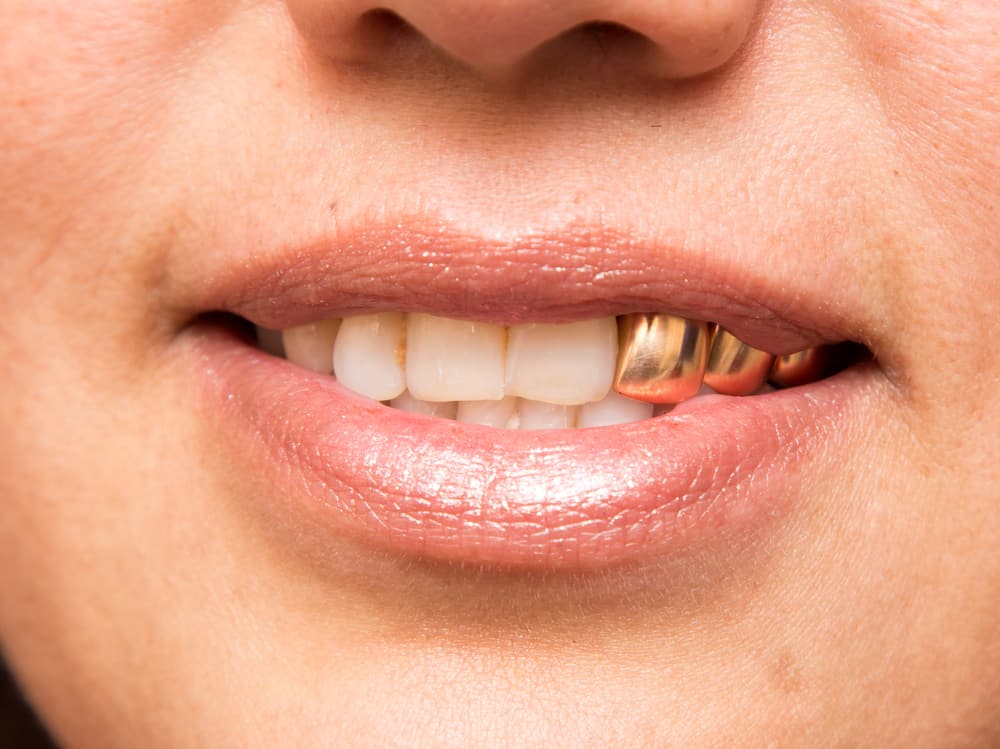Quincy Hall History and Architecture: Does Quincy Hall Have Real Gold Teeth

Quincy Hall, a prominent landmark in Boston, Massachusetts, boasts a rich history and an impressive architectural design. Built in 1825, it has served as a vital civic space, housing various government offices and courtrooms. The building’s architectural style reflects the Neoclassical movement, characterized by its symmetrical facade, elegant columns, and a grand dome.
Architectural Features
Quincy Hall’s architectural features are a testament to the craftsmanship of its time. The building’s exterior is constructed primarily from granite, a durable and visually appealing material. The facade features a series of Ionic columns, which support a grand pediment adorned with intricate carvings. The building’s central dome, a prominent architectural element, provides a striking silhouette against the Boston skyline.
Materials Used in Construction
While gold was not used extensively in the construction of Quincy Hall, it is possible that some decorative elements might have incorporated gold accents. The building’s original design likely included elements of gilding, a technique used to apply thin layers of gold leaf to surfaces. This technique was commonly employed in the 19th century to enhance the aesthetic appeal of architectural features.
Notable Renovations and Restorations
Quincy Hall has undergone several renovations and restorations throughout its history. These interventions have aimed to preserve the building’s architectural integrity while addressing modern needs. During these renovations, it’s possible that some gold elements might have been removed or replaced. However, the building’s original design and construction likely incorporated some gold accents, contributing to its overall grandeur and elegance.
The Legend of Gold Teeth in Quincy Hall

The legend of gold teeth in Quincy Hall, a historic building at Harvard University, is a captivating tale that has been passed down through generations of students and faculty. While the existence of gold teeth in the building remains unconfirmed, the rumor has persisted for decades, fueling speculation and intrigue.
Origin and Spread of the Legend
The origin of the legend is shrouded in mystery, with no definitive source or historical documentation to pinpoint its beginnings. It is widely believed to have emerged in the late 19th or early 20th century, coinciding with the rise of Quincy Hall as a prominent academic building at Harvard.
The rumor likely spread through word-of-mouth among students and faculty, with each retelling adding its own embellishments and details. The legend’s persistence may be attributed to its inherent fascination, as the image of a building adorned with gold teeth evokes a sense of extravagance and historical significance.
Evidence and Anecdotes, Does quincy hall have real gold teeth
Despite the enduring nature of the legend, there is no concrete evidence to support the claim of gold teeth in Quincy Hall. No historical records, architectural plans, or eyewitness accounts have been found to corroborate the rumor.
The lack of evidence suggests that the legend may be entirely fictional, a product of imaginative storytelling and speculation. However, the absence of definitive proof does not necessarily negate the possibility of its truth.
Cultural Context and Connections
The legend of gold teeth in Quincy Hall can be viewed within the broader cultural context of the late 19th and early 20th centuries. During this period, gold teeth were a symbol of wealth and status, particularly among the elite and affluent.
The association of gold teeth with wealth and prestige may have contributed to the legend’s appeal, suggesting that the building itself was adorned with opulent details. Furthermore, the legend’s connection to Quincy Hall, a prestigious academic institution, further enhances its allure.
The legend may also be linked to the historical figures associated with Quincy Hall, such as Josiah Quincy, a prominent politician and Harvard benefactor. While there is no evidence to suggest that Quincy himself had gold teeth, the association with a prominent historical figure adds another layer of intrigue to the legend.
Does quincy hall have real gold teeth – You know, it’s funny, those rumors about Quincy Hall having real gold teeth always made me think of athletes like Lamecha Girma , pushing their bodies to the absolute limit, achieving the seemingly impossible. Maybe that’s what it takes to earn a mouthful of gold, whether it’s on the track or in the streets.
Who knows, maybe Quincy Hall’s teeth are real, maybe they’re just a symbol of ambition, just like the medals that athletes like Girma chase.
The question of whether Quincy Hall has real gold teeth is a curious one, prompting us to consider the history of wealth and its symbols. It reminds me of the fascinating story of “roje stona,” a traditional Albanian ritual where red stones are used to symbolize wealth and prosperity, roje stona.
While the connection to Quincy Hall might seem tenuous, both examples highlight the enduring fascination with precious materials and their association with power and status.